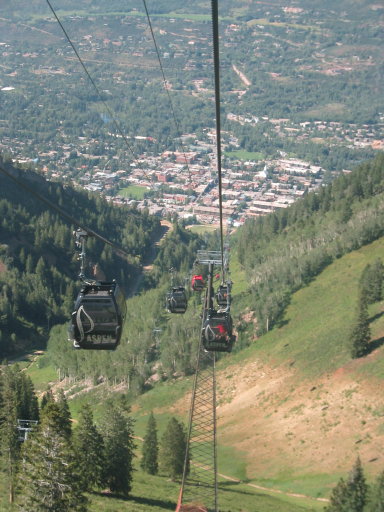News From The Front, VI: Simultaneity
 I stopped the previous post rather abruptly (I had to do another task and then run some errands) without getting to tell you a little twist at the end of the story. Here it is.
I stopped the previous post rather abruptly (I had to do another task and then run some errands) without getting to tell you a little twist at the end of the story. Here it is.
Having chipped away at the thoughts that Strominger’s talk stirred in my head for several days last week, scribbling equations to check that all I was thinking was on the right track (and chatting a couple of times with Nick Halmagyi), I decided that it was all fitting together so nicely that the framework and my extensions of it just had to be true. There was that feeling that it was too nice to be wrong, and it passed all the obvious checks I could think of. There were two independent consistency checks everything had to pass (using my way of formulating things) and they gave exactly the right results as required by the general setup, with no room for maneuver.
When that happens so nicely, usually at that point in thinking about a physics problem, a thought occurs to me. If I’m playing with a good idea and everything is working so well, then there’s at least 200 other people in the field who probably are also playing with it, and 199 of them have way more time than I do to think it through and write it up before I can. One should not really worry about these things in an ideal world, but I’d be lying to you if I said it did not come up as a concern from time to time. I’ve a history of having my thunder stolen out from under me several times in the field (and not always accidentally), so I’m a bit gun shy.
Anyway, I started writing a draft of the paper on Thursday the way I usually do: I write […] Click to continue reading this post



